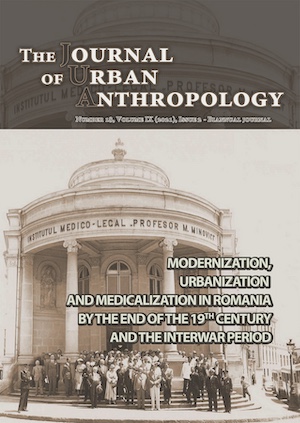Tuberculosis – a social disease of the nineteenth and early twentieth centuries. History and evolution.
Tuberculosis – a social disease of the nineteenth and early twentieth centuries. History and evolution.
Author(s): Ionuţ-Alexandru BanuSubject(s): Social history, Health and medicine and law, 19th Century
Published by: EDITURA OSCAR PRINT
Keywords: tuberculosis; social illness; BCG vaccine; social assistance; Mina Minovici;
Summary/Abstract: Through this paper I tried to approach from a historical and chronological point of view, one of the diseases of the last century. The study is structured to highlight both the concerns of the “Society for Tuberculosis Prophylaxis and Assistance of Poor Tuberculosis”and to recall the pioneering work in the field of pneumology from its inception until the creation of the “Clinical Institute of Physiology” in 1962.The fight against tuberculosis or “the disease of the romantic century,” as it was called, was a social disease, “considered a bohemian suffering, attendant of love in an age when finding out that you have tuberculosis was tantamount to an early death sentence.”If by the middle of the 19th century, 25% of deaths were caused by this disease,by the middle of the next century the number of deaths from this cause had decreased by up to 90%. With the changes in the public health system and the emmergence of the BCG vaccine (Calmette - Guérin bacillus vaccine) in 1921, the incidence of tuberculosis was reduced even before antibiotics were used. However, the disease remained a threat to public health, creating intense concern in the 19th century and the beginning of the 20thcentury, being considered a social chronic disease of the poor.
Journal: THE JOURNAL OF URBAN ANTHROPOLOGY
- Issue Year: 9/2021
- Issue No: 18
- Page Range: 29-39
- Page Count: 11
- Language: English
- Content File-PDF

